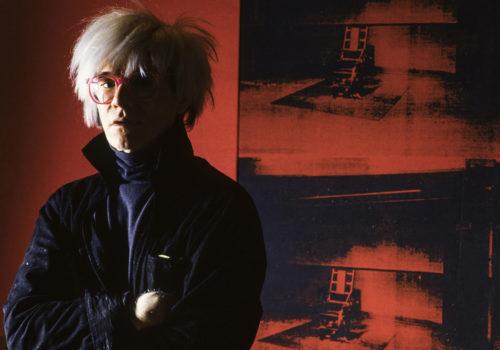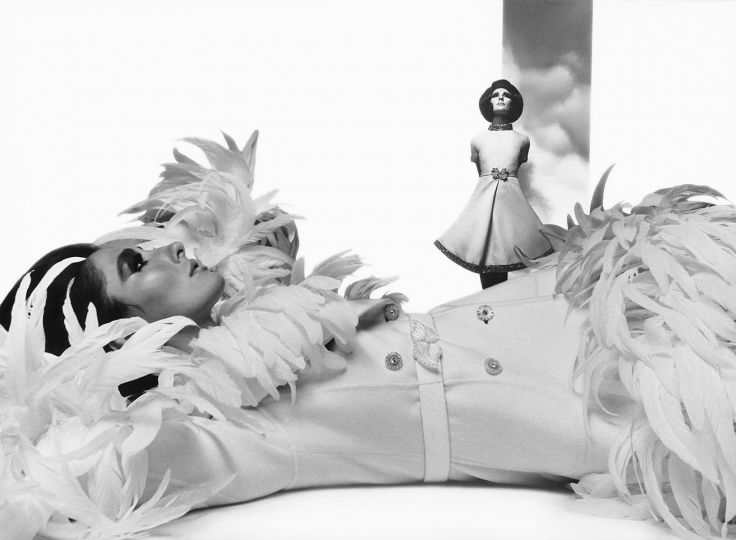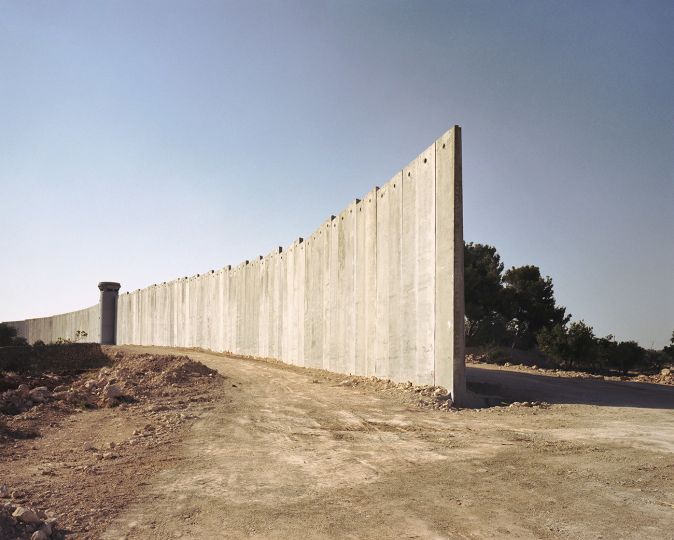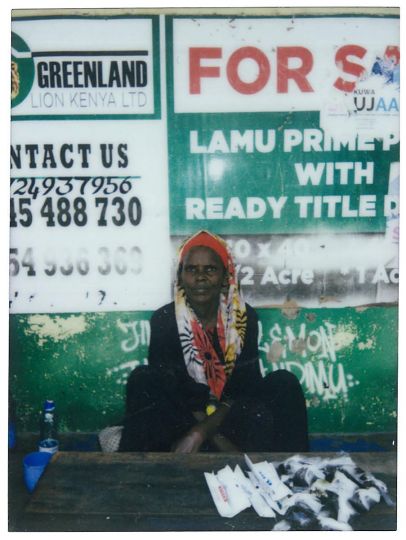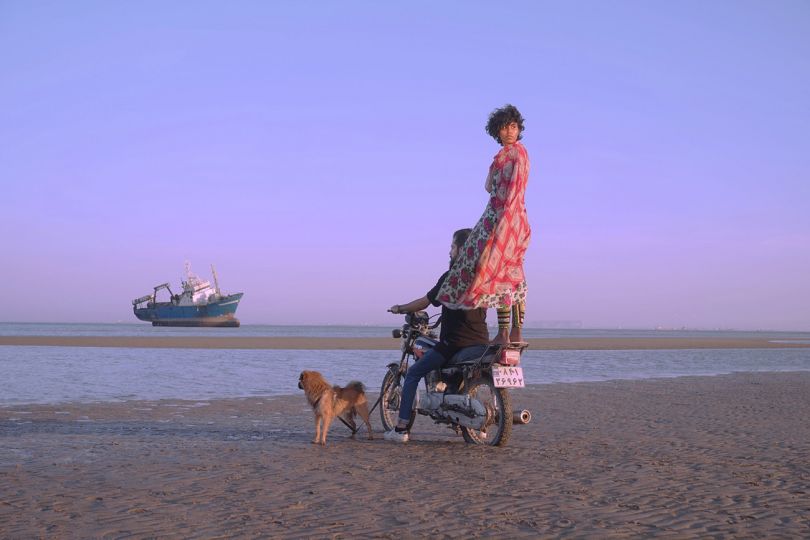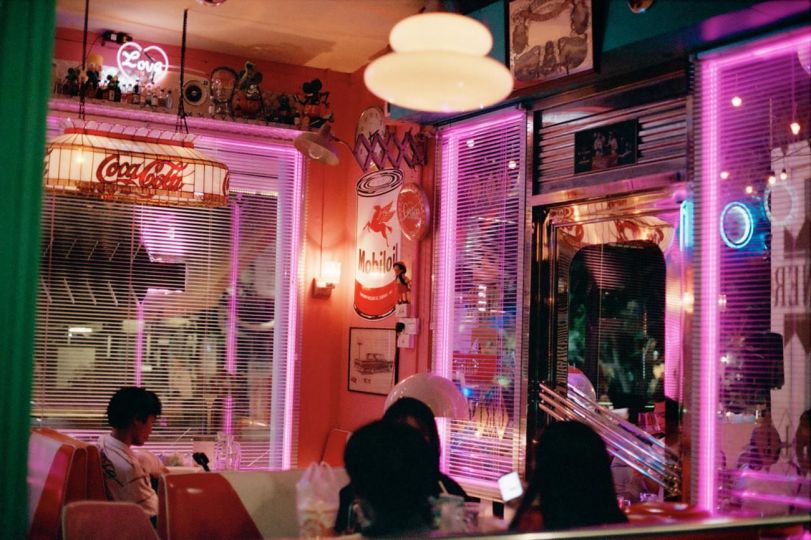The Swiss-born photographer Alberto Venzago cannot be described with one word alone – his special character is utterly multifaceted. Wise, witty, and deep with a keen sense of irony and a sharp mind, he welcomes everyone interested in his photographic world with open arms. And believe me; he has some amazing stories to tell! How he entered the world of Voodoo cults and won the trust of the infamous Japanese Yakuza… Discover the answers to this and more in our interview!
Nadine Dinter: You were born in Switzerland but have lived almost in every part of the world. Does the word and feeling embodied by the German term Heimat (homeland) exist for you?
Alberto Venzago: Photography is the ability to document, interpret, or reinvent. I don’t know whether seeing the world through the viewfinder all these years has clarified or distorted my view. Perhaps the camera in front of my eye is simply a useful filter so I don’t have to experience everything firsthand. In any case, after 50 years, I suspect I have thoroughly overdone it with my profession. When places become “locations” and people become “objects.” When the word Heimat conjures up a vision of a hotel room. Home is no longer a place – it’s a state of mind. And it can change. A new love, a new task, all that is part of the whole. I feel it immediately when all these elements come together: Here I am at home – for this precious moment. But just for now.
Before becoming a photographer, you studied remedial education and music. Did that influence your photographic vision and draw you to specific topics in photography?
AV: I was born into an artistic family. My Jewish mother is from a German acting family; my father was a musician; my brother is a conductor. So it was clear that I would study music. A motorcycle accident ended my career as a clarinetist. In retrospect, I am very grateful. The course was set from above. I was thrown into another life. After graduating from high school, I studied remedial education but soon got bored. I was called up for military service. Prison or emigration were the two alternatives for the conscientious objector. I emigrated to Australia, where I was allowed to study mother-child relationships for two years with the Aboriginals in a closed reserve in the middle of the desert. Learning about foreign cultures and their habits like dreamtime and song lines was a real mindfuck. My obsession with the mystical found the best playground here. I knew immediately: This is my life.
While other photographers focus on beauty, fashion, or other motifs that are easy on the eye, you seem attracted to dangerous environments and social groups. What sparked your decision to set out in search of the extraordinary?
AV: I don’t aim to photograph something extraordinary. But dedicating myself to a theme means investing a lot of time in an idea. I took photographs in Tokyo for 5 years, and in Benin for over 12 years. I have to be clear that This is what I want. This is my world. I don’t have time to waste my life. I love the dark, the hidden, and the unspoken. Photography is different from the word. Words are precise. Unambiguous. Photography, for me, is on the way there, the in-between, the not-yet-formulated. I love the moment when the image emerges from the dark but is not yet tangible. The magic, the transition from the inconceivable to the concrete. It all happens in the mind, but when it’s physically imprinted on film or sensor, then the process of photography begins to take shape for me. I prefer life on the edge; the normal bores me. Apart from heavy documentaries, I photograph many nudes, but even there, the mysterious is more apparent than the superficial.
Looking back on the past decades, what was your most memorable encounter, and why?
AV: When I showed my retrospective at the Museum für Gestaltung in Zurich two years ago, it hit me like a thunderbolt: “Damn it, I’m still alive after all. I’m looking forward to the future!” For many, a retrospective is the first step to your funeral. But because of the pandemic, I was forced to take a break. During those two years, I digitized my entire archive. There were pictures I didn’t even know I had taken. Maybe my drug and LSD consumption had played a trick on me. But it was fantastic to discover them.
There are so many memorable experiences! It’s like making love for the first time. To realize that the camera is a magic instrument that opens doors that are closed to mere mortals. But it also involves responsibility. “Important moments” were undoubtedly the encounter with Khomeini, my initialization with the Voodoo priests, being accepted by the Yakuza in Japan, and winning the ICP Infinity Award. The best part was probably my years of apprenticeship. I am an autodidact. During my four years at Magnum, I lived in the attic with René Burri above the Paris office. I spent nights studying all the contact sheets of Magnum photographers – my heroes. That’s where I learned how they approached their subjects. And also what real talent is.
You are famous for “riding” with the Yakuza in Tokyo and joining voodoo ceremonies in Benin. What’s your trick to win the trust of such highly secret and distrustful circles?
AV: I am convinced that secret insiders tested me and decided that I wasn’t interested in sensations. That I wasn’t a threat. My interest in cults – as a former hard-core Catholic – has helped me. I am fascinated by the integrity of these institutions. And isn’t it incredible that even criminals and murderers can become your friends? The best thing about all these documentaries was that they were not just objects before my lens. They became human. And even better: We became friends – and still are today. I think love, openness, truth, and a big dose of humor and humanity are the basic pillars of these relationships.
Has there been a lesson you learned as a human and as an artist after those adventurous projects?
AV: Respect, humility, gratitude. Embrace love, and celebrate your luck.
In your celebrity series, we see portraits of renowned enfants terribles like Mick Jagger, H.R. Giger, Rainer Werner Fassbinder, and Dieter Meier. Which of them was the most difficult to “control” in front of the camera? Do you have an anecdote to share with us?
AV: I love the term enfants terribles because very often, artists have remained children.
Jagger was low-maintenance and very professional. I was a tour photographer for the Start Me Up Tour. He is a few years older than I am, and back then I thought, wow, so old and still so vital. He was 38 then!
Fassbinder was great. I photographed him on the occasion of his final film, Querelle. He staged a picture for me on the set in Munich. He laid down on the floor, the famous Fassbinder spotlight (Storenlicht) above him, the panache upside down on the floor. And he said: This is how they will find me. Five weeks later, they found him just like that – DEAD. Fucking scary!
Working with H.R. Giger was a gift. He lived outside Zurich in a middle-class bourgeois townhouse. Everything was dark; the blinds were always closed. He lived at night like an animal. We sniffed fat lines of cocaine and found everything ass-hot. He sat in front of the canvas with his airbrush, and shapes from another universe magically emerged. I was gobsmacked. I was overjoyed. Today, when I look at those fabricated images with shrunken heads from the Amazon and the nude images he made of his partner, an almost religious embrace takes hold of me, like a kiss from an extraterrestrial power. And you know, this is the truth.
Dieter Meier is a friend. We have known each other forever. Yello was THE cult electro music back then. We are still close today.
Your show is titled Stylist of Reality, but my impression is that you don’t stylize your subjects at all but depict reality authentically, documenting the truth. What’s your take on this?
AV: Deciding on an exhibition title is always a bit like searching for a generic term to describe your life’s work. I am a chameleon. It isn’t easy to classify my works. I hate to repeat myself; I get bored quickly. Styling is nevertheless an important concept for me. I’ve been married a few times to models; they shaped my female figures. Beauty as a concept has been important to me since I was a child.
Maybe in extreme situations, I also try to compose a picture that is more than a snapshot or to fill a frame. Image composition, with foreground, background, intermediate layers, and lighting. But it’s always about the true image. In the end, the truth is more important than the pretty picture. And if reality also satisfies certain aesthetic moments, that’s actually pretty cool. Is that distorting reality? But the truth is always the answer.
If you could turn back time, which country and person would you still like to photograph? Or photograph again?
AV: I hate repeating what I’ve done already. I’m for more radicality! At the moment, I’m working on a big story about the descendants of the models Paul Gauguin worked with in Tahiti. It’s a wonderful task. On the one hand, I’m reading Gauguin’s diaries and learning about the Impressionist art world and the rivalry between Van Gogh and Gaugin. His tale of woe, his unrecognized talent, and the eternal struggle for money and recognition. His lonely death and immense talent. Especially now, in light of woke culture and the me-too discussion, it’s a great story. I love his paintings and have found a way to immerse myself in his world. What a privilege. And what a great universe to be in.
Of course, I would also like to shoot the equivalent of Godfather 2/2.0, the next generation, but unfortunately, the Yakuza have been replaced by the Chinese and Russian mobsters. Maybe after Tahiti, the next story will emerge. But stories are like tsunamis. They appear unexpectedly. For some a danger; for me a revelation.
Your advice to the new generation of documentary photographers?
AV: Be authentic. Photograph only what really interests you. Take your time.
Start with people you know, your family, your friends.
Visit museums. Be open to everything. Not only photography.
And when you find a subject: be radical. Don’t settle quickly. Maybe the next day, you’ll discover that everything is the opposite of what you were convinced was reality today.
Trust your sense of intuition.
And maybe sometimes it’s good to know that there’s life outside of photography. Not so easy for someone who no longer makes a distinction between private life and story hunting.
For more information, please visit www.venzago.com or follow Venzago on Instagram at @albertovenzago
The retrospective “Stylist of Reality” at Ernst Leitz Museum, Wetzlar will be on view through 14 May 2023.

